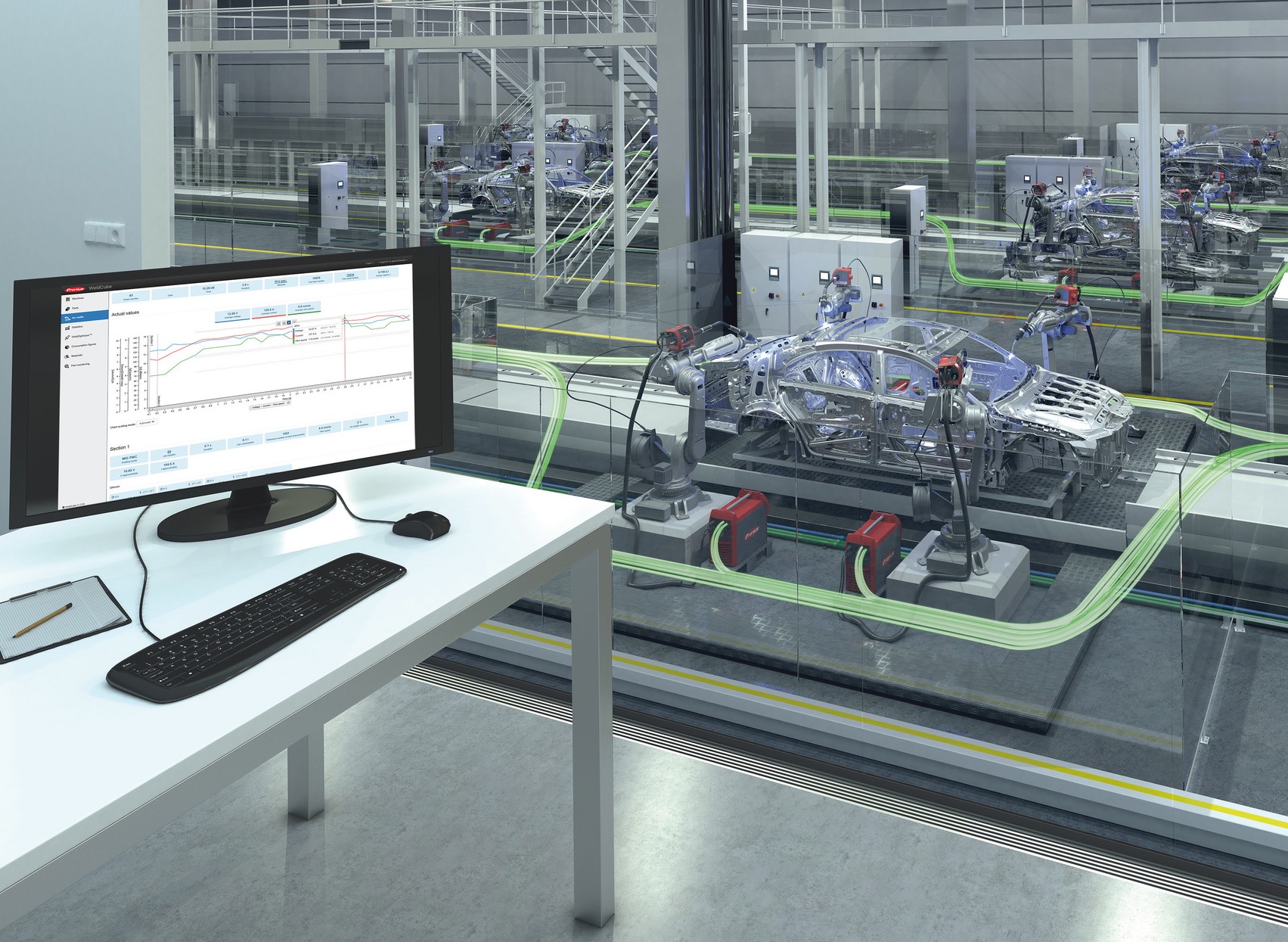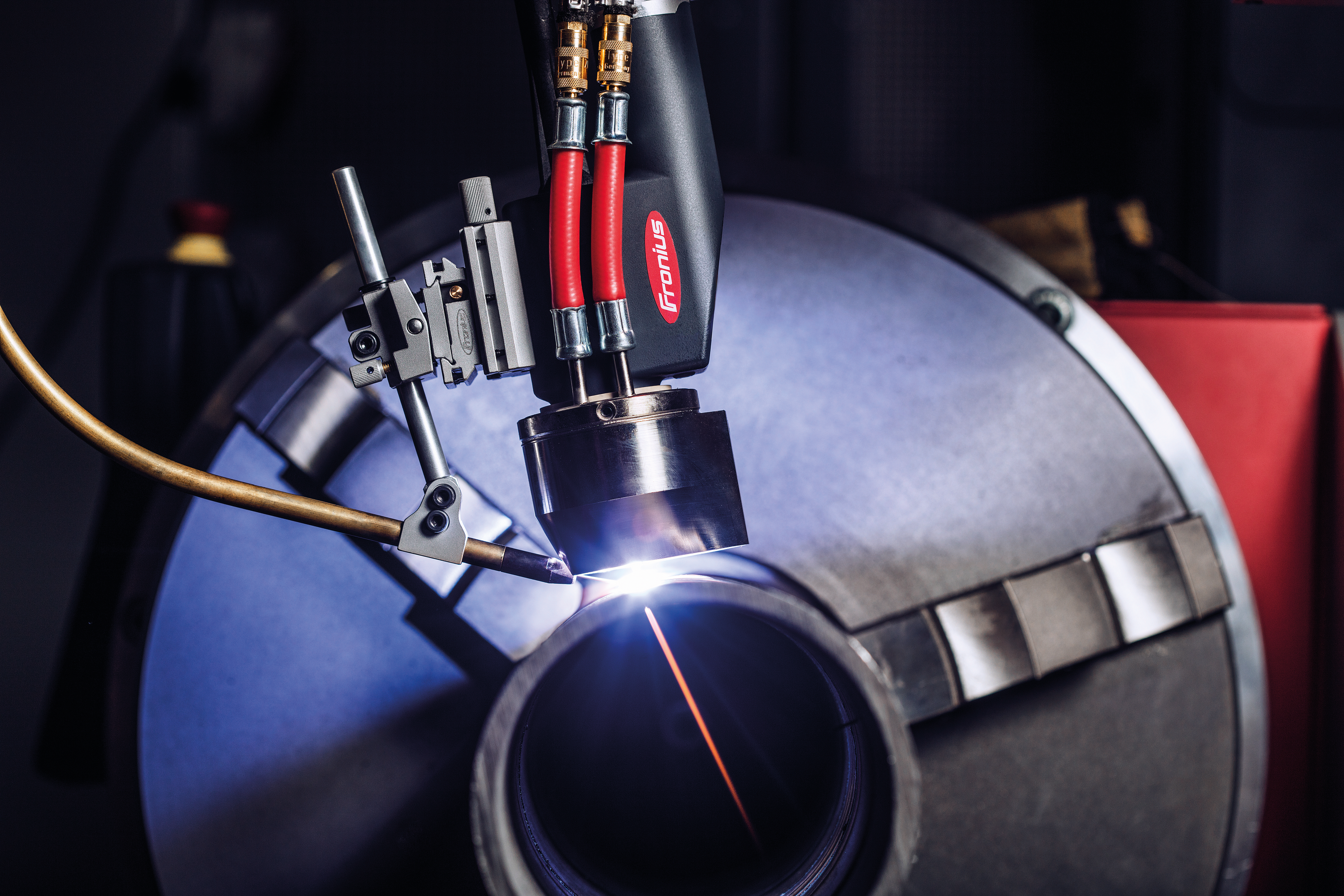Digitisation and interconnectivity in industrial production is one of the most important topics of our time. Digitisation has become indispensable in our private lives. Social networks and online shopping are integral parts of our day to day lives. Now it is simply a matter of applying the benefits of interconnectivity to industry, for example by developing digital business models. In order for this to succeed, we must consider production processes holistically – it is no longer enough to identify and perfectly master the individual link in the chain alone, it is increasingly necessary to know how the processes are interlinked and influence one another.
Interconnected production – digital business models
When we think of digital media, it is clear that it is fundamentally different: it was not a revolution because correspondence between pen pals became digital, but rather because communication as a whole has been completely redesigned. This way of thinking opens up many possibilities for the production sector. For example, companies could submit a request to a “component production portal”. This would send information regarding the supply chain, capacity utilisation and production data directly to the production department, so that the desired components can be manufactured and delivered immediately. From this perspective, not only can digitisation help to improve efficiency, but also enable the introduction of completely new business models.
The focus of power source manufacturers must change
The consequence for welding technology is that the focus of power source manufacturers must change: while the conversion of electricity had for decades been the key to success, it is now the digitisation of the welding process. The power source of the future is a high-end computer with a powerful microprocessor and intelligent software. The new driving forces in R&D are now communication, real-time data control, data storage, cyber security and intelligent man-machine interfaces. For example, software tools that optimise welding parameters or manage wearing parts will play a more dominant role. Hardware will no longer be as relevant; however, fault-free functioning will remain an essential prerequisite.
The aspects of welding technology that are relevant in the context of Industry 4.0 can be found in our white paper “Industry 4.0 and welding technology”.
 Perfect Welding Blog
Perfect Welding Blog





No Comments